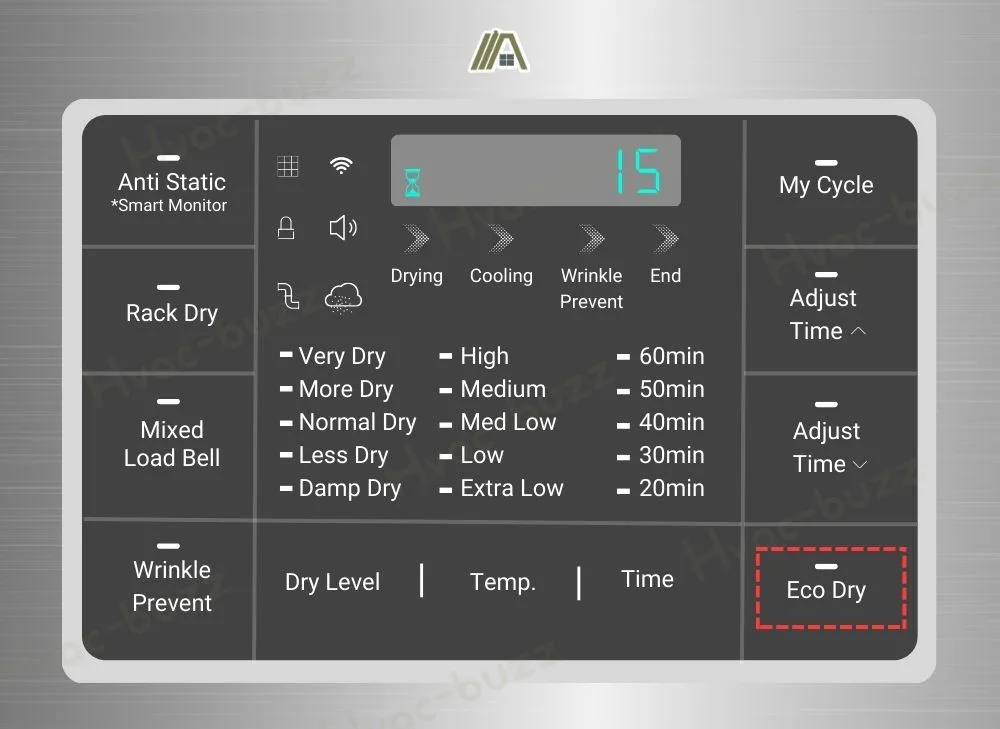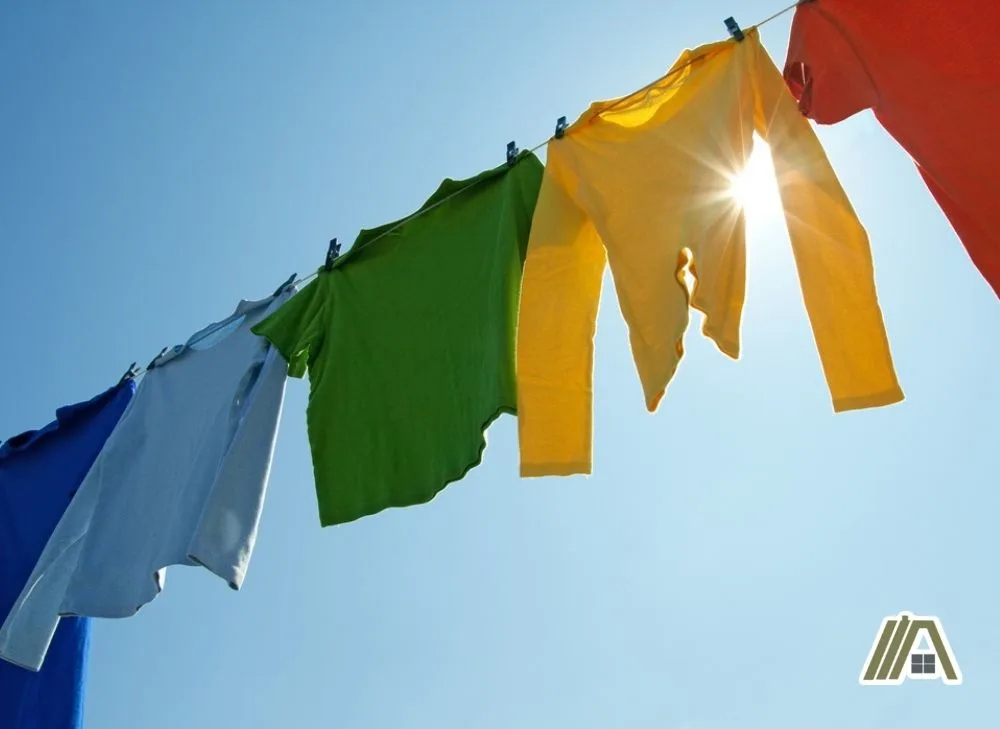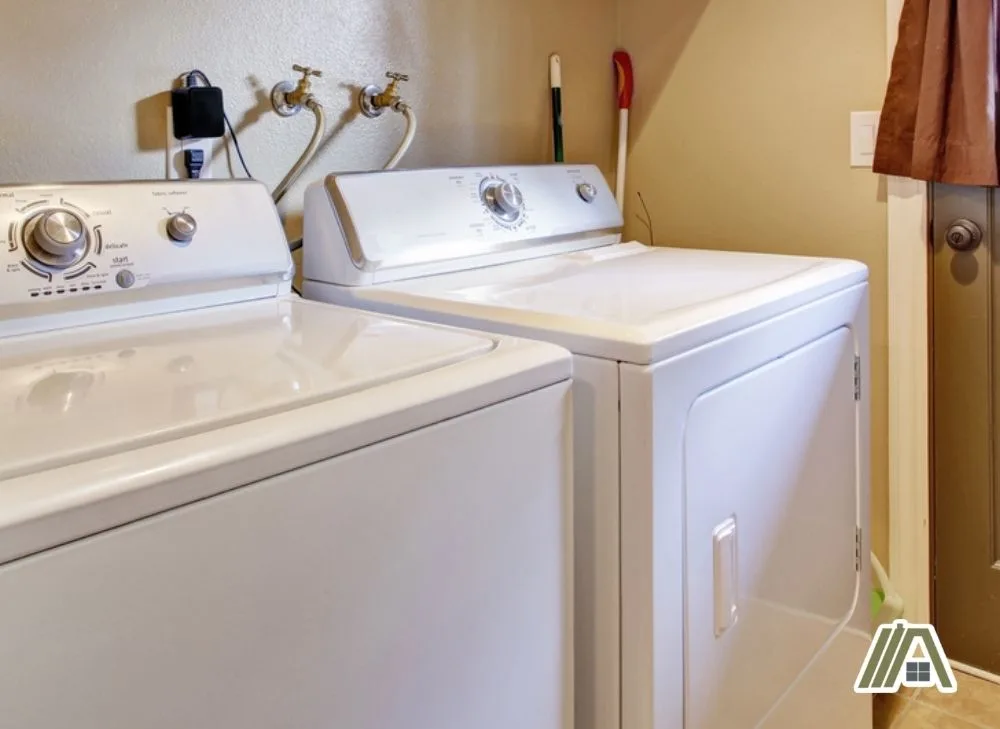Sometimes appliance programs can be overlooked when we don’t fully understand what they mean. The same can be said for dryers and the different settings they offer. When I was young, my parents would select a program when we got new appliances, which they would teach me, and that was all we used.
As I got older, I realized there was more to appliances and the differences between programs. The same goes for dryers. You need to know how the dryer functions with its range of settings to determine whether an eco-cycle does what you think and if the compromise is worthwhile.

Eco dry-cycles or eco modes are designed to favor energy efficiency over time efficiency. This is because it lowers the amount of heat that is used in the dryer’s program, which reduces the electricity used but increases how long the load needs to tumble.
Eco Mode Shifts the Cycle Priority
The regular cycles for an electric dryer are a balance of two priorities: electricity use and drying time.
The dryer is designed so that each cycle will dry as fast as possible without using excessive quantities of electricity. The dryer unbalances its priorities when you use the eco mode or an eco-dry cycle.
The eco side of your dryer will increase how long it takes to dry your clothing in order to decrease the electricity it uses.

Some dryers have an eco-mode that applies the eco function to some of the standard programs, like “cotton” or “normal”. Some dryers have a special eco program like “low temp dry” that you need to select.
The way the dryer operates within the eco-conscious functions depends on which brand and model (including capacity) you choose but most new models have some kind of eco option.
How Does It Do This?
So, how does a dryer use less electricity? It simply uses less heat.
The heaviest energy consumption in electric dryers comes from the heat it produces. This is why electric dryers need a 240V outlet, and gas dryers that use combustion for heat can use a 120V outlet.
An electric dryer has a heating element made of a metal conductor. When electricity flows through this metal, it meets resistance, which produces heat. The temperature that the dryer needs to reach impacts how much energy is used. More electricity means more heat.
Your dryer lowers the heat level used in the eco-cycle or mode in order to use less energy. So, a bit of heat is used to augment the air-drying function of a dryer, since tumbling and blowing air through the drum uses minimal energy.
However, heat is integral to increased drying efficiency. The more heat (to a certain extent) that the dryer produces and uses, the faster it will dry your clothes.
So, using less heat comes at the cost of significantly longer drying times. You might expect anything from 30 minutes to 1 hour longer for each cycle.
The clothes are tumbled and aerated for longer in an attempt to compensate for the lower temperatures since rolling the drum only uses a small amount of electricity.
Biggest Impact on Your Life
If your concern is energy saving over the convenience of time, then the eco mode might be for you. Particularly if you are already implementing strategies like complete or partial line-drying to reduce your dryer and energy usage.

However, the most significant feature of using these programs and modes is that it will take a long time. This can be difficult for people working long hours or alternative schedules, who must do laundry at odd hours.
It will likely show on your utility bills since we know dryers are energy guzzlers. So, you might find you are making decent savings if you tend to use the dryer frequently since you will be using less than the average 2.1 kWh per load for an electric dryer.
The exact difference in electricity usage for eco-modes will rely on what dryer you have, how the function works, and how you use the dryer.
Does It Really Work?
If there is no regard for how long the dryer needs to take, it still needs to be fast enough to ensure the damp clothing doesn’t begin to smell stale.
This can be influenced by what you are trying to dry. For example, those thick and downy bath sheets won’t dry the same way your regular cotton shirts will. Or, if you live in a humid area, you may find that the extended drying process only results in you having to re-wash the clothes.
This also requires consideration for how much you are putting in your dryer at once. An overloaded drum will be harder to dry, especially for eco-friendly programs.
So, even though it is called eco-mode, it doesn’t mean it is the best option out there. If you have an electric dryer, it might be a good way to immediately lower your environmental impact.
However, gas dryers are considered more eco-friendly (especially using propane) than electric dryers. These dryers use less electricity since heat is generated by fuel without running longer cycles. In fact, gas dryers dry more efficiently.

Alternatively, you may choose to make use of the smart feature for sensor/automatic drying. This program monitors moisture during the cycle and turns off when the clothes are dry instead of running through a full program.
Sources
https://www.bosch-home.in/experience-bosch/living-with-bosch/fresh-reads/how-ecomode-saves-energy
https://products.geappliances.com/appliance/gea-support-search-content?contentId=36349
https://www.samsung.com/us/support/answer/ANS00051022/
https://www.energy.gov/energysaver/articles/16-ways-save-money-laundry-room
